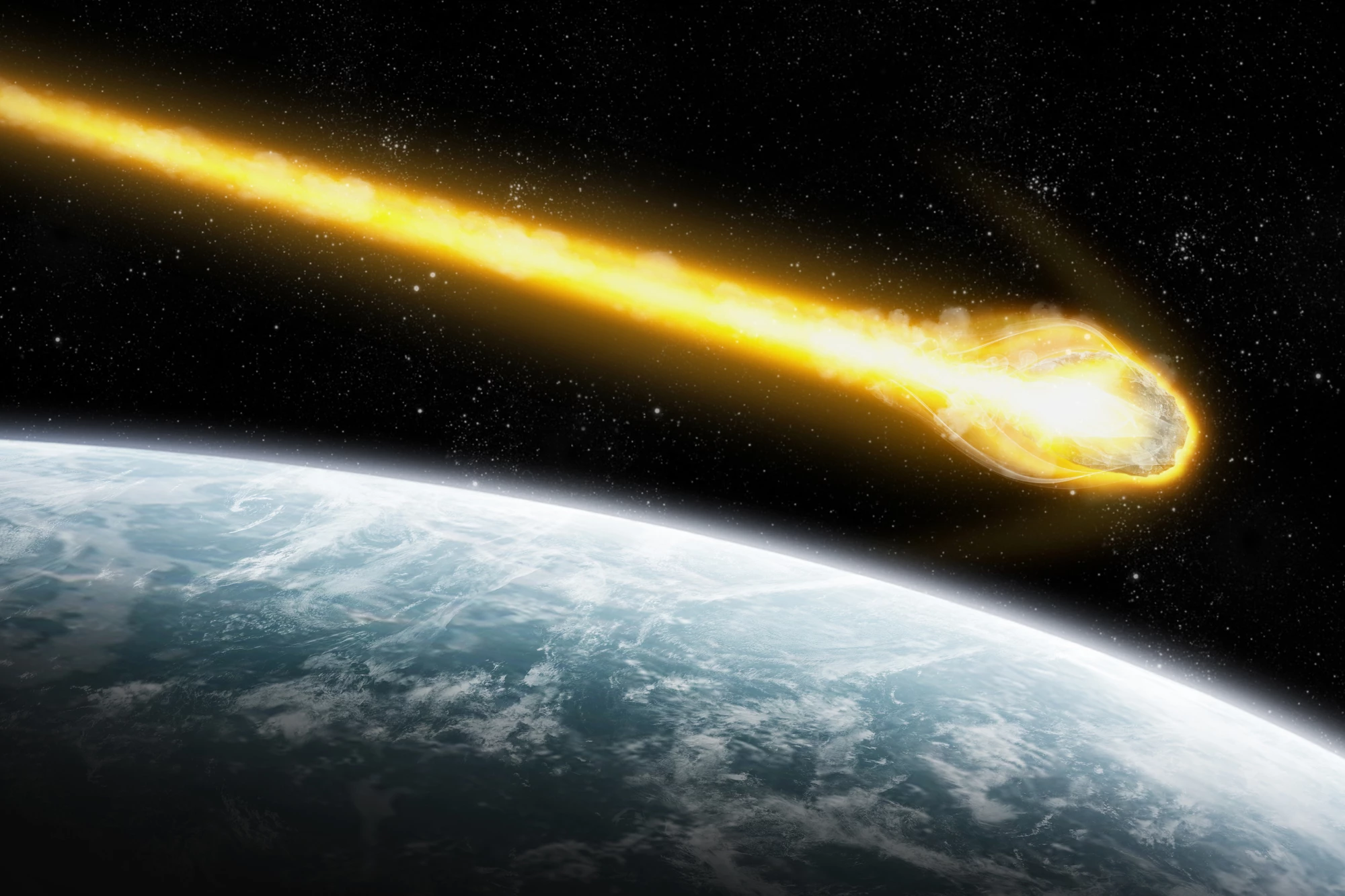Although astronomers are tracking most of the largest and deadliest asteroids in our solar system, there’s one glaring blindspot in the sky – the vicinity of the Sun. Thankfully, ESA plans to plug the gap soon with NEOMIR, a mission that will give us advance warning of any Earth-bound rocks from that direction.
As we’ve seen in the past, asteroid impacts can have devastating consequences. Since the 1990s, NASA and other organizations have been making a concerted effort to identify and track as many space rocks as possible, to predict when and if an impact might occur. If spotted early enough, there’s a chance we might have time to intervene – after all, a recent test to redirect an asteroid by ramming a spacecraft into it proved successful.
This search has been successful so far, but there’s still one direction from which asteroids can sneak up on us: If something approaches from the direction of the Sun, the glare makes it hard for observatories to see them. The meteor that exploded over Chelyabinsk, Russia in 2013, for example, completely blindsided us because it was hiding in the Sun’s glare. More recently, astronomers using the Dark Energy Camera discovered several huge, potentially hazardous asteroids lurking in the region.
But hopefully we won’t have this blindspot for long. ESA is currently planning a mission that will specialize in observing moderate-sized asteroids approaching from the direction of the Sun, giving us enough time to respond.

Known as Near-Earth Object Mission in the InfraRed (NEOMIR), the project will place a spacecraft into orbit between the Earth and the Sun, at a location called Lagrange Point 1. From there, it will use infrared instruments to watch for the heat emitted by asteroids themselves, allowing it to see them in a way that sunlight doesn’t wash out. Earth-based telescopes can’t see this heat because it’s absorbed by the atmosphere.
From this vantage point, NEOMIR should give us at least three weeks’ notice of any approaching asteroids. Even in the worst-case scenario, if a space rock whizzes past the observatory itself we’d still get three days warning.
That might not sound like much time to do anything but panic, but these aren’t worldwide apocalypses we’re talking about. NEOMIR is designed to observe asteroids of a few dozen meters in diameter, such as the 20-m (66-ft) Chelyabinsk meteor or the Tunguska object in 1908, which is estimated to have been around 50 m (164 ft) wide.
Those events still caused substantial damage to a city-sized area, blowing out windows in the former and flattening trees in the latter. If a disaster on that scale could be predicted days or weeks in advance, it would give people in the area time to evacuate or prepare.
NEOMIR is currently in the early mission study phase, and if all goes to plan, it’s hoped that it might launch around 2030. If it does, it could be an important addition to our asteroid-watch toolbox.
Source: ESA





